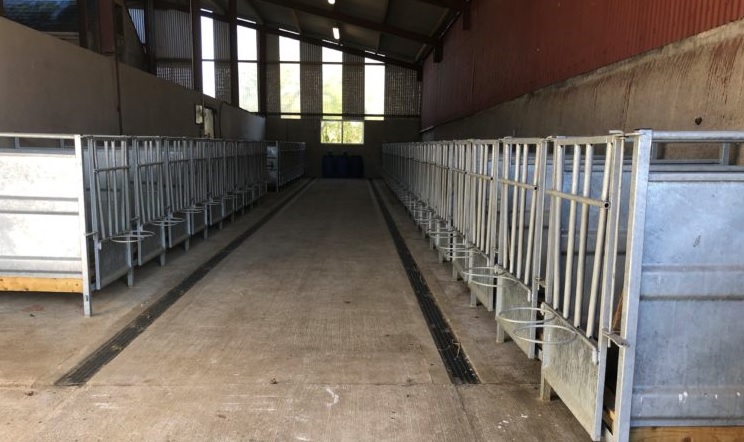With the calving season only around the corner, this ‘downtime’ between now and calving is a good opportunity for farmers to begin their preparations for the busy season ahead.
To ensure everything runs as smooth as possible and so that nothing is forgotten, here is a list of things which farmers should soon begin getting ticked off their to-do list.
- Housing facilities
The calf rearing and calving area should be cleaned out and disinfected well in advance of calving.
This, Teagasc says, allows them time to dry out and helps to break down any carry over of infection from one year to the next.
If disease was an issue the previous year, steam cleaning is advised along with a thorough disinfectant with either Cyclix or Kenocox – once after the sheds have dried out and before calving begins.
Any gates and other calf rearing equipment should also be cleaned and disinfected thoroughly.
In addition, ensure all gates are in good working order including the calving gate(s). The same goes for drinking troughs and lights.
- Shopping list
Ensure that the following materials/products are around the farmyard before calving begins. If not, make sure to put them on your shopping list for purchase.
- Iodine – Teagasc recommends approximately 10-15ml per naval;
- Calf tags;
- Calf feeder teats;
- Nitile gloves;
- Lubrication;
- Calcium (Ca) and magnesium (Mg) – for any milk fever or grass tetany cases;
- Lime;
- Dry-cow minerals;
- Mastitis tubes;
- Tape, leg bands or spray paint – or whatever is your preferred method of marking cows;
- Stomach tube and/or bottle – Teagasc recommends checking that the bag is not leaking and the tube itself isn’t chewed, as this can cause oesophageal damage;
- Electrolytes;
- Disinfectant for housing facilities;
- Bags or containers for storing colostrum;
- Nitrogen (N) fertiliser
3. Milking parlour
Once the cows are dried off, it is a good opportunity to get the parlour serviced, change the liners and make any necessary repairs or adjustments. Also, make sure you stock up on teat spray and detergents.
4. Other
The calving jack should be checked and make sure ropes are available and in good working order. The calf taggers should also be checked to ensure they are working correctly.
An isolated area should be made available in case a calf gets sick – to avoid the infection spreading to other calves. A red light or calf jacket should also be available for any sick or weak calves.
Gather up all reels and fence posts, make any roadway or fence repairs – that may be needed – and create a grass budget and a spring rotation planner (SRP). Any repairs to drinking troughs should also be made.
5. Get a check up
Finally, it is so important to look after yourself; especially in such a physically demanding job like farming. Use this time wisely and go visit your GP for a full check-up.






